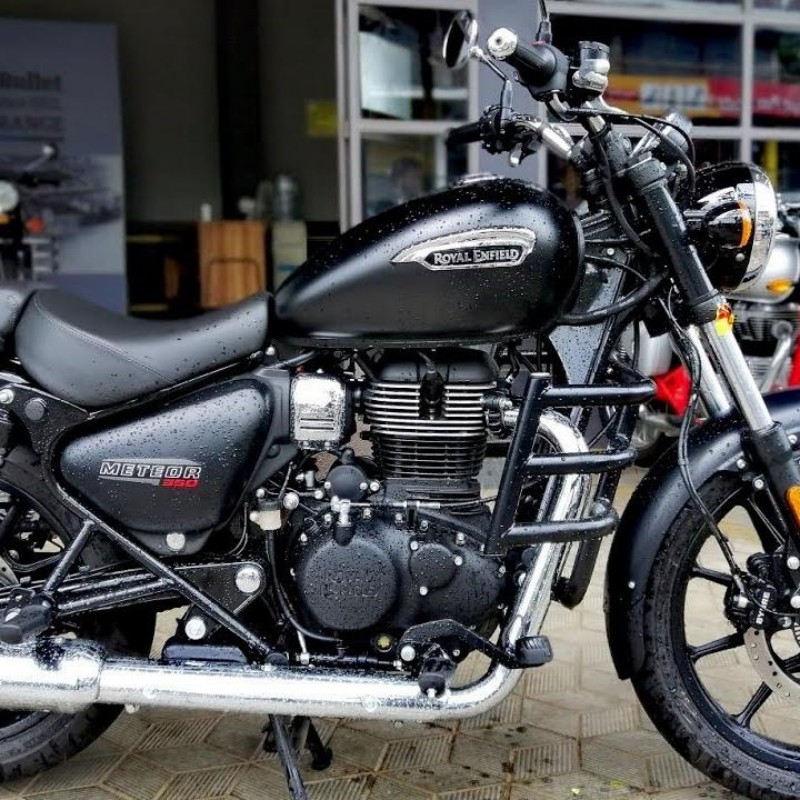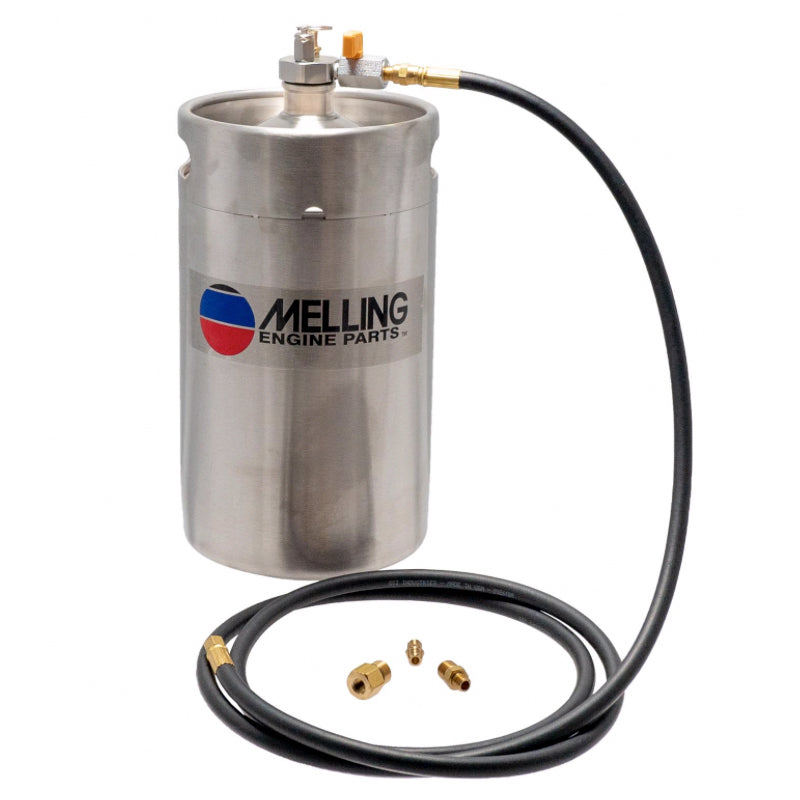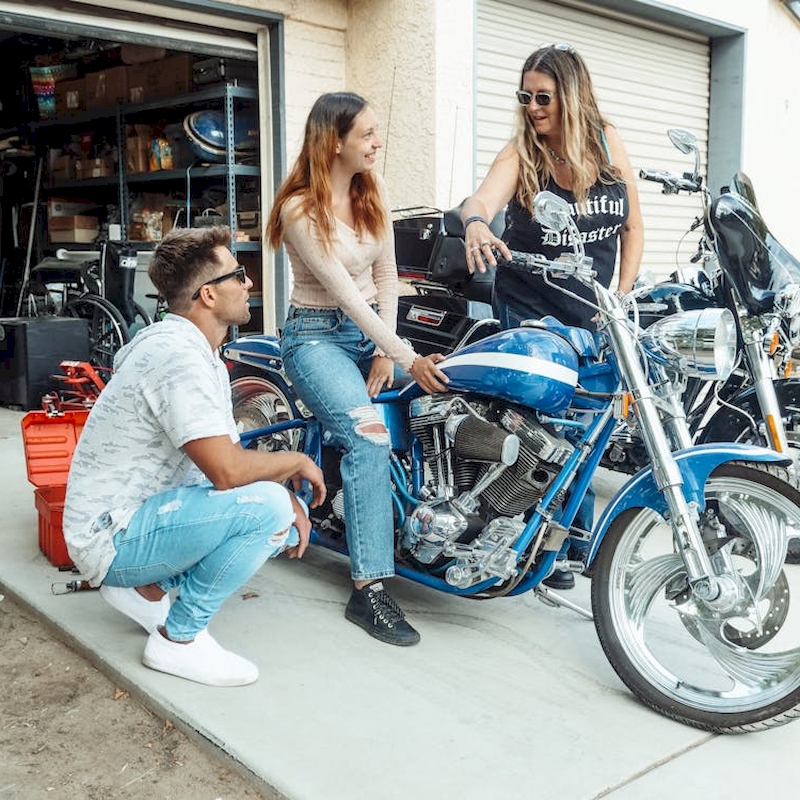Introduction
For motorcycle enthusiasts, understanding DIY motorcycle repairs can provide immense satisfaction and cost savings. With the right tools and knowledge, you can tackle basic maintenance tasks and repairs that would typically require a trip to the mechanic. By learning how to perform these tasks yourself, you gain a deeper understanding of your bike, ensuring it runs smoothly and efficiently. The world of motorcycles is vast, filled with unique mechanics and systems, but with patience and practice, you can become proficient in handling various repairs. Whether it’s changing the oil, adjusting the brakes, or replacing the tires, knowing the ins and outs of your motorcycle empowers you as a rider and owner. This comprehensive guide will cover common areas where DIY motorcycle repairs are applicable, the tools you’ll need, safety tips, and detailed step-by-step instructions for various repair tasks. By the end of this article, you’ll be well-equipped to handle your motorcycle repairs confidently.

Understanding the Basics of Motorcycle Maintenance
Before jumping into specific DIY motorcycle repairs, it’s crucial to understand the basics of motorcycle maintenance. This foundational knowledge will help you navigate repairs with ease.
Key Systems of a Motorcycle
Motorcycles consist of several key systems that require regular maintenance:
- Engine: The heart of your motorcycle, the engine powers your bike. Regular oil changes and inspections help keep it running smoothly.
- Brakes: Essential for safety, the brake system includes brake pads, rotors, and fluid levels, all of which should be checked frequently.
- Electrical System: From the battery to the wiring, a healthy electrical system is critical for starting your bike and operating lights.
- Suspension: The suspension system ensures comfort while riding by absorbing bumps and shocks. Regular checks can prevent issues that cause poor handling.
- Tires: Your connection to the road, tires need to be monitored for proper pressure and tread depth. Worn tires can lead to dangerous riding conditions.
Importance of Routine Maintenance
Routine maintenance is vital for various reasons:
- Safety: Regularly checking and maintaining your bike can significantly reduce the risk of accidents caused by mechanical failure.
- Longevity: Adhering to a regular maintenance schedule is essential for prolonging the life of your motorcycle.
- Performance: A well-maintained motorcycle performs better, offering improved fuel efficiency and handling.
Investing time in understanding these systems and the importance of maintenance will pay off in the long run.
Essential Tools for DIY Motorcycle Repairs
Having the right tools is crucial for effective DIY motorcycle repairs. Here are some essential items to have in your toolkit:
Basic Hand Tools
Stocking your garage or workshop with some hand tools is a great place to start. Essential items include:
- Wrenches: A variety of sizes, including both metric and standard, will help you tackle most nuts and bolts.
- Screwdrivers: A set of flathead and Phillips screwdrivers in varying sizes will be necessary for many repairs.
- Pliers: Needle-nose pliers and standard pliers are useful for grasping, twisting, and cutting wires.
Specialty Tools for Motorcycles
Beyond basic hand tools, consider adding some specialty tools designed specifically for motorcycle repairs:
- Torque Wrench: This tool ensures that fasteners are tightened to the manufacturer’s specifications. It’s particularly important for engine components.
- Oil Filter Wrench: Perfect for changing oil, this tool simplifies the removal and installation of oil filters.
- Bike Stand: A motorcycle stand allows for safe access to the bike for repairs and maintenance, especially for working on tires or chain adjustments.
Safety Gear
Safety should never be overlooked, so invest in quality protective gear:
- Gloves: Protect your hands from cuts, abrasions, and chemicals while working on your motorcycle.
- Safety Glasses: Protect your eyes from dust, debris, and chemicals.
- Helmet: If working near the bike while it’s running or if testing repairs, wearing a helmet can promote safety in the event of accidents.
Equipping yourself with the necessary tools and safety gear allows you to approach repairs with confidence.
Common DIY Motorcycle Repairs
Knowing the most common repairs that can be performed DIY style will arm you with the confidence to tackle challenges head-on. This section will guide you through various straightforward fixes.
Oil Changes
One of the most critical routine maintenance tasks is changing the oil:
- Gather Materials: You’ll need new oil, an oil filter, oil catch pan, and tools for the oil drain plug.
- Start the Engine: Run the motorcycle for a few minutes before the change to allow the oil to thin.
- Drain the Oil: Place the oil catch pan underneath the bike and remove the drain plug to let the oil pour out completely.
- Replace the Oil Filter: Using your oil filter wrench, remove the old filter. Lubricate the gasket on the new filter before installing it.
- Add New Oil: Once everything is drained and replaced, add new oil according to the manufacturer’s recommendations.
- Check Levels: Start the engine and let it run for a few minutes, then check oil levels and add more if necessary.

Brake Inspection and Replacement
Brakes play a crucial role in riding safety, so regular inspection is essential:
- Check Brake Pads: Inspect the thickness of your pads. If they are under a quarter inch, it’s time to replace them.
- Replace Pads: Remove the wheel. Use the appropriate tools to take off old pads, making sure to follow your motorcycle’s manual for specifics.
- Reassemble: Replace the pads with new ones, reassemble everything, and check the hydraulic fluid levels if applicable.
Tire Maintenance
Caring for your tires is essential for safety and performance:
- Check Pressure: Use a tire pressure gauge to ensure the tires are inflated to the manufacturer’s specifications.
- Inspect Tread: Examine the tire tread for wear and check for any cuts or punctures.
- Change Tires When Necessary: If the tread is worn down past the markers or if there’s a puncture, replace them. This involves removing the wheel, detaching the old tire, and fitting a new one.
Chain Maintenance
A well-functioning chain is vital for performance:
- Inspect for Wear: Look for stiffness, rust, or excessive slack in the chain.
- Clean and Lubricate: Use chain cleaner and a brush to clean the chain, and then apply lubricant to the chain while moving the bike slowly, ensuring even distribution.
- Adjust Tension: If the chain is too loose, adjust the tension using the adjusters located on the rear axle.
Electrical System Checks
Maintaining your motorcycle’s electrical system is essential for starting and riding smoothly:
- Battery Maintenance: Check your battery connections for corrosion and ensure they’re tight.
- Inspect Fuses: Look for blown fuses and replace them with the appropriate type and size.
- Testing Electrical Components: If you have issues with lights or signals, utilize a multimeter to test for continuity or short circuits.
Cleaning and Detailing
Keeping your motorcycle clean not only improves aesthetics, but also helps parts last longer:
- Wash the Bike: Use a gentle soap and soft cloth or sponge to clean the body.
- Detail the Chrome: Use a dedicated chrome cleaner for mirrors and rims to avoid tarnishing.
- Protective Coating: After washing, consider applying a wax or protective coating to bush off water spots and protect the finish.
Tips and Tricks for Successful DIY Motorcycle Repairs
To ensure your DIY motorcycle repairs are successful, keep these additional tips and tricks in mind:
Follow the Manual
Always refer to your motorcycle’s owner manual or service manual before undertaking repairs. These manuals typically provide invaluable diagrams and specific instructions tailored to your motorcycle model.
Work in a Well-Lit Area
Good visibility during repairs is crucial. Ensure you work in a well-lit space or invest in portable work lights to illuminate dark areas of the bike.
Keep It Organized
During repairs, maintain organization to streamline the process. Use containers or small trays to hold removed bolts, screws, and parts, preventing any from getting lost.
Don’t Rush
Take your time during repairs to avoid mistakes. Rushing can lead to oversights that affect your motorcycle’s performance and safety.
Ask for Help When Needed
Don’t hesitate to reach out to fellow riders or mechanics when you’re unsure or need assistance with a repair project. Online forums, social media groups, and local clubs can provide support and insights.
Invest in Learning Resources
Consider investing in workshop manuals or taking online courses focused on motorcycle maintenance. The more knowledge you have, the more competent you’ll feel tackling different repairs.

Conclusion
Embracing DIY motorcycle repairs not only enhances your riding experience but empowers you as a motorcycle owner. With the right tools, knowledge, and care, you can tackle various maintenance tasks confidently.
This comprehensive guide has provided an overview of essential repairs, tools necessary, and best practices in motorcycle maintenance. Success in DIY repairs requires consistent attention to detail and commitment to learning. By taking an active role in maintaining your motorcycle, you foster a sense of connection and pride in ownership.
As you continue your journey into the world of motorcycle repairs, remember to stay safe, organized, and eager to learn. Every little repair you conquer adds to your skills and can save you money in the long run. So grab your tools, and hit the road with confidence knowing that you can manage the maintenance of your beloved motorcycle.


